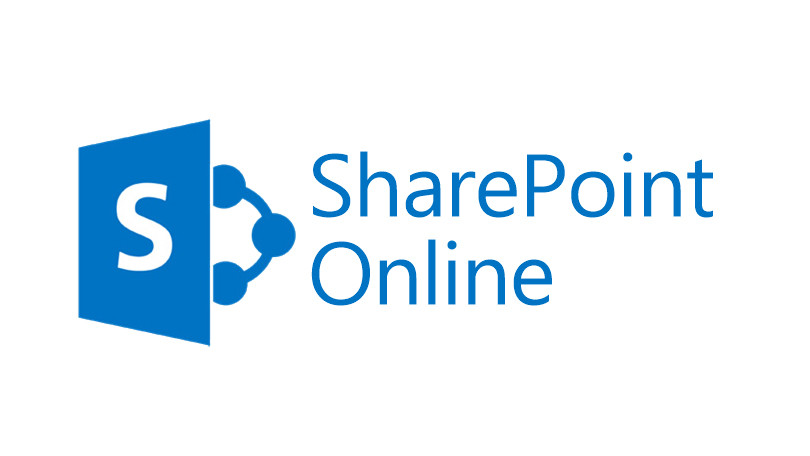In the past, companies have stored and managed documents on file servers. This was more advanced than saving files to my hard drive, but there was room for improvement.
First, users can easily forget to save the file to their corporate drive. Second, someone needs to spend some time looking up their inbox or retrieving files from colleagues. Content is often duplicated. That is, employees are working with older versions. As a result, the productivity of the workforce is reduced.
Features:
Automatic version control: SharePoint keeps a draft every time a document is updated or revised. Each version is linked to all other versions, so you can easily find the version and restore it if needed.
Built-in integration: Microsoft tools such as Word and Excel integrate seamlessly with SharePoint. This Microsoft ecosystem eliminates friction between different types of software
File check-in: SharePoint keeps track of who is working on the document. This will prevent users from unknowingly overwriting each other’s changes.
All these reasons make SharePoint a prime choice for many businesses. Some of the enterprises are also opting for the services like Migrate SharePoint from one Tenant to Another to get upgraded from their older tenant.
SharePoint Online vs On-Premises: Advantages
Microsoft offers SharePoint Online as a standalone product or as part of the Office 365 suite. Whichever you choose, SharePoint Online cloud deployments facilitate integration with Microsoft and third-party applications.
1. Better value for money
Maintaining your on-premises server puts a heavy burden on your IT budget and staff. Deciding to move to SharePoint Online frees up that time and money for more valuable work.
2. No end-of-life Worries
One of the main advantages of SharePoint Online over on-premises is that it doesn’t need to be upgraded. Microsoft’s end of support is always approaching on-premises SharePoint servers.
SharePoint Online users, on the other hand, will benefit from automatic updates. This does not overwrite any customizations you have made to your SharePoint site, but it does ensure that your system is up-to-date and secure. Moreover, Microsoft’s regular updates and new additional features to SharePoint from the previous version make businesses opt for services like migrate SharePoint 2013 to 2019 for seamless functionality.
3. Collaborate on the go
The line between business-oriented software and customer-oriented websites is getting thinner and thinner. Employees expect intranets to be as easy to use as commercial mobile phone apps.
Fortunately, SharePoint Online sites are mobile-friendly by design. This means employees no longer have to squint at the small text on the mobile screen.
4. Manage access more easily
Microsoft SharePoint Online simplifies access to your information with external users. You can share SharePoint content with Microsoft account holders.
You can also use Guest Links if you want to share specific information with people outside your company. You can set the permission level as Read-only or Edit depending on what you deem appropriate, and revoke access at will.
5. Improved software security
As the ultimate software provider, Microsoft infuses heavily on security. A team of world-leading cybersecurity experts works 24 hours a day to protect SharePoint Online. Most organizations are unlikely to make the same investment in protecting local servers.
Acquiring expert migration assistance from service providers like Apps4Rent is essential if you’re planning a major SharePoint Migration. These providers would not only help you with Azure virtual Desktops to access your SharePoint Online but would also provide you with the best Azure VDI Pricing, which makes them an ideal hosting partner for your business.





